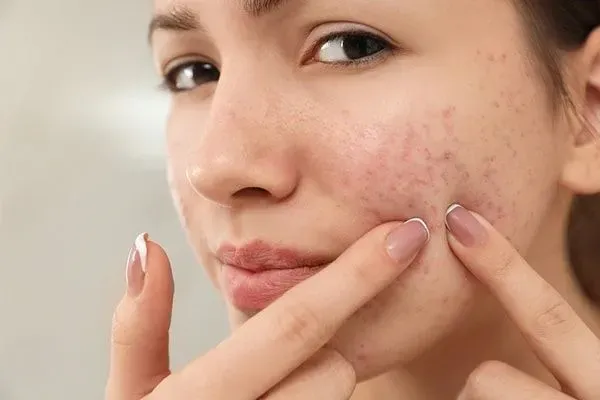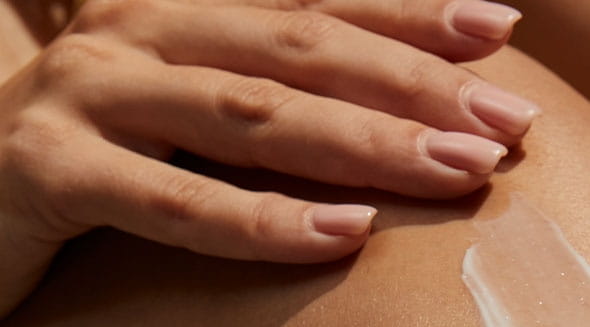
DARK MARKS. WHERE DO THEY COME FROM?
Dark marks on the face and body are one of the most common skin problems amongst Kenyan women. It is not just a physical condition; it can also leave your self-esteem impacted. So, what are these spots, why do they occur and how can they be treated?
DIFFERENT TYPES OF HYPERPIGMENTATION
HOW TO PREVENT HYPERPIGMENTATION
The most important thing to remember when it comes to preventing dark spots on the face or body is sun protection. Use sun protection with an SPF of 30 or higher every day, and make sure to reapply sunscreen every two hours when you spend your day in the sun. In addition, make sure to avoid sun exposure during its strongest hours in the day — the midday sun will damage your skin the most because the UV radiation is strongest then. SPF is key!








